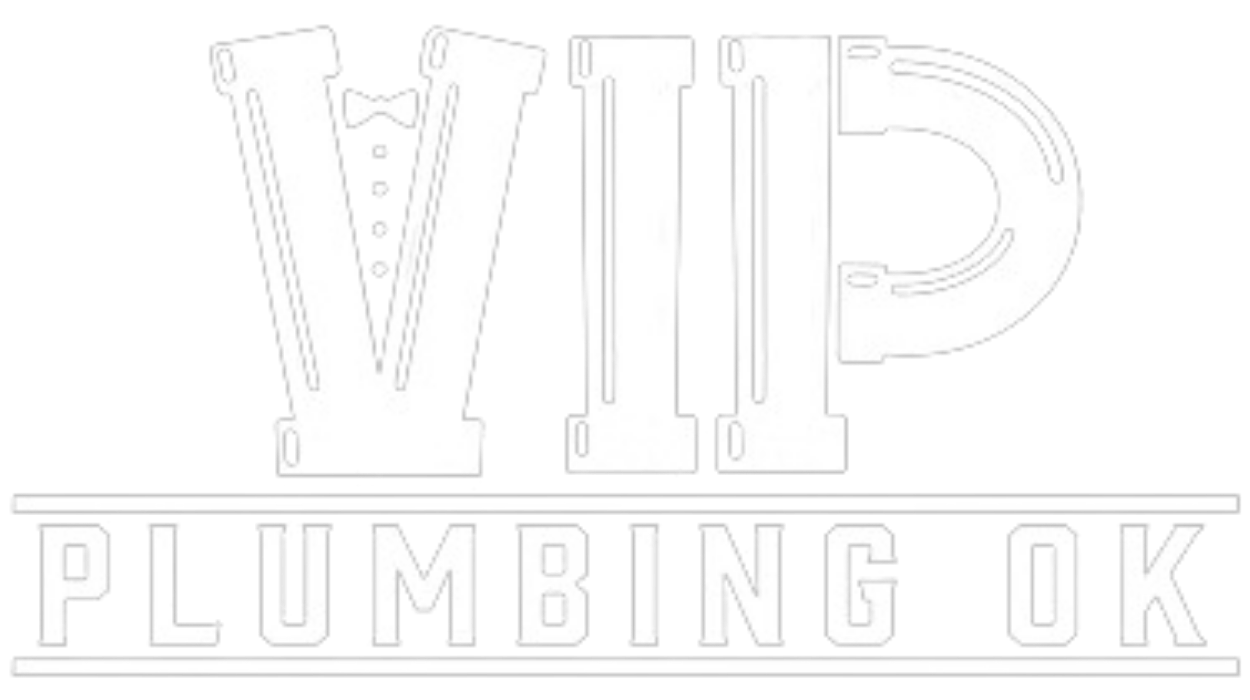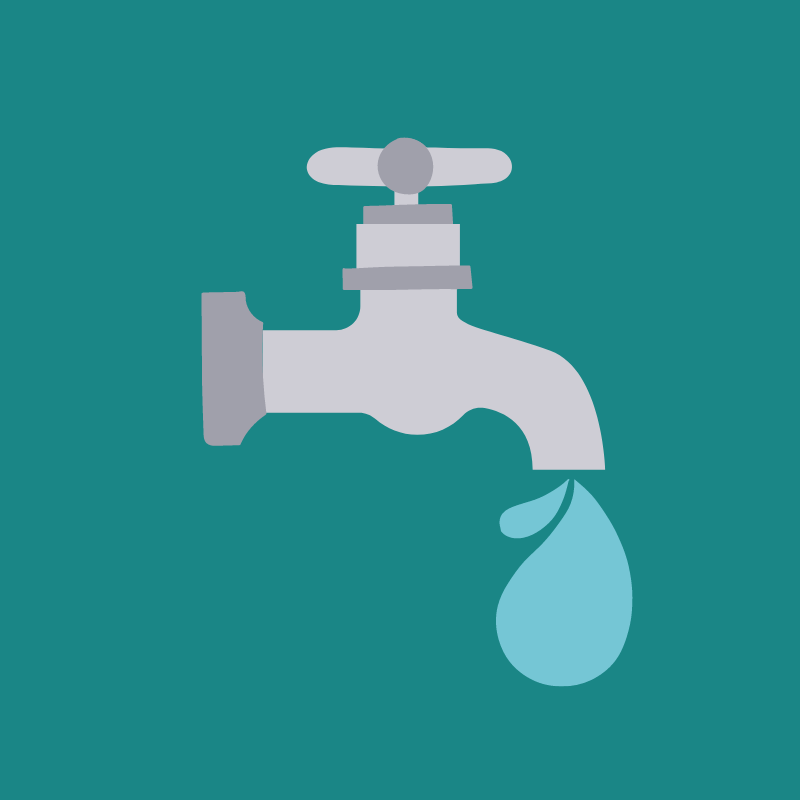Finding lead in your water should be a disturbing discovery since lead, in any amount, can be hazardous to your health. Unfortunately, old plumbing systems, out-of-date plumbing techniques, and aging plumbing parts are all responsible for lead contamination which is still being uncovered and dealt with today.
In this article, we will learn about factors that contribute to lead contamination from highly acidic water that corrodes lead plumbing pipes to lead service lines that connect homes to the city mains. Even failed pipe coatings meant to protect the health of the population and improve water quality have contributed to lead contamination of drinking water.
We will list steps homeowners can take to identify problematic plumbing and lead presence and how to reduce lead’s effects on their health since lead-contaminated water is dangerous.
Lastly, we will look at what the government is doing to reduce lead in water through advances in treatment techniques and how recent legislation is aimed at replacing all the remaining lead pipes across the US within the next ten years with an anticipated cost of over 45 billion dollars.
How Lead Gets Into Water
Corrosion Promotes Lead
Lead can enter the drinking water supply in a variety of ways. The most common manner is through lead service pipes, which are the pipes that connect homes to the public water supply. Many older cities and homes built before 1986 have lead lines, and when water passes through them, it causes corrosion that leads lead to dissolve in the water.
Even in homes without lead service lines, the water can become contaminated from brass or chrome-plated brass faucets and through pipes that have been joined using older-style solder, which contains lead.
Increasing the rate of corrosion is water that is highly acidic. Water is evaluated using a scale that measures the number of hydrogen ions present and is called water’s pH level. The pH levels extend from 0-14, with 0 representing highly acidic water and 14 very basic. Highly acidic water corrodes pipes faster, and corrosion causes lead to dissolve. Therefore, the higher the acidity, the more lead will be present.
Corrosion is also accelerated by water that travels at a high velocity and high-temperature water that encourages the growth of bacteria and chemical corrosion. Water that is high in salt and sulfates also contributes to faster corrosion, as does the physical presence of rust, sand, and sediments which wear away the inner lining of water-carrying pipes and corrode them.
Chemical Runoff
Agricultural practices and industrial activities conducted decades ago are influencing the amount of lead found in water. Although restricted today, the chemical runoff from farming pesticides and industrial waste found its way into the soil and nearby groundwater sources, contaminating our water supply.
How Much Is Too Much?
The Safe Drinking Water Act, passed in 1974, required the Environmental Protection Agency (EPA) to determine the amount of lead allowed in water at which no adverse health effects would occur. The maximum contaminant level goals (MCLGs) for lead were set at 0 since even the smallest amount of lead in drinking water is a serious health threat.
Recognizing a 0 MCLG would be difficult to track and enforce, the EPA established a treatment technique that water suppliers must follow to protect the public from lead poisoning. This treatment technique falls under the Lead and Copper Rule and provides instructions on how to control the level of corrosivity of the water. The water suppliers must take test samples, and if more than 10% of the tests exceed the recommended level of 15 parts/billion, the water systems must take additional protective measures to ensure public safety.
Why Lead In Drinking Water Is Bad
As stated, even a small amount of lead present in drinking water is dangerous. Fetuses, infants, and young children are most vulnerable to the negative effects of lead contamination that can come from dust, paint, soil, air, food, and of course, water. The side effects include slow growth, hearing problems, lower IQs, and behavioral and learning problems, to name a few.
What You Can Do
There are several steps that can be taken to learn if your water supply is at a greater risk. Education is the first step toward change.
Inquirer About Your Water Supply
First, the water supply company must report on the state of the water they deliver with details about what is in it. Additionally, they have documentation on whether or not the service line connecting a home to the public supply is made of lead.
To further protect customers, the EPA passed a Public Notification Rule requiring water customers to be alerted when a problem with the drinking water is detected. This does not eliminate contamination but at least makes consumers aware of issues that likely will affect their health.
Test Your Water
At-home water testing kits are readily available, although certified labs are more efficient at giving you detailed information about your water supply. Testing your water every two years is a cost-effective way to ensure the safety of your water.
Install A Lead Filter
A water filter can be installed to remove lead from water. They are meant to be used with cold water only and only work well if the cartridge is changed on a regular basis. Along with maintaining the filter system, a homeowner can also clean faucet aerators regularly to remove dirt and debris, including trapped lead particles.
Outside Resources
In addition to contacting the water company, installing a filter, and keeping aerators clean, homeowners can use Protect T=Your Tap, an online resource to identify if your service line is lead, steps you can take to reduce lead found in water, and other important educational information.
Recent Efforts
In efforts to reduce exposure to lead-tainted water, the current government announced through the EPA the desire to replace the approximately 9 million lead pipes in the US within the next ten years. Although a multi-billion dollar project, replacing all lead pipes throughout the country will reduce the hazards lead pipes and fixtures pose and far outweigh the substantial costs.
Suspect You Have Lead In Your Water?
If you suspect you have a lead issue with your drinking water, we can help. We understand the significant health risks involved and will be able to help you correct plumbing issues that may be contributing.
Call us to evaluate your situation and help you make the best choices to protect your and your family’s health and bring you the peace of mind a clean water supply can deliver.

